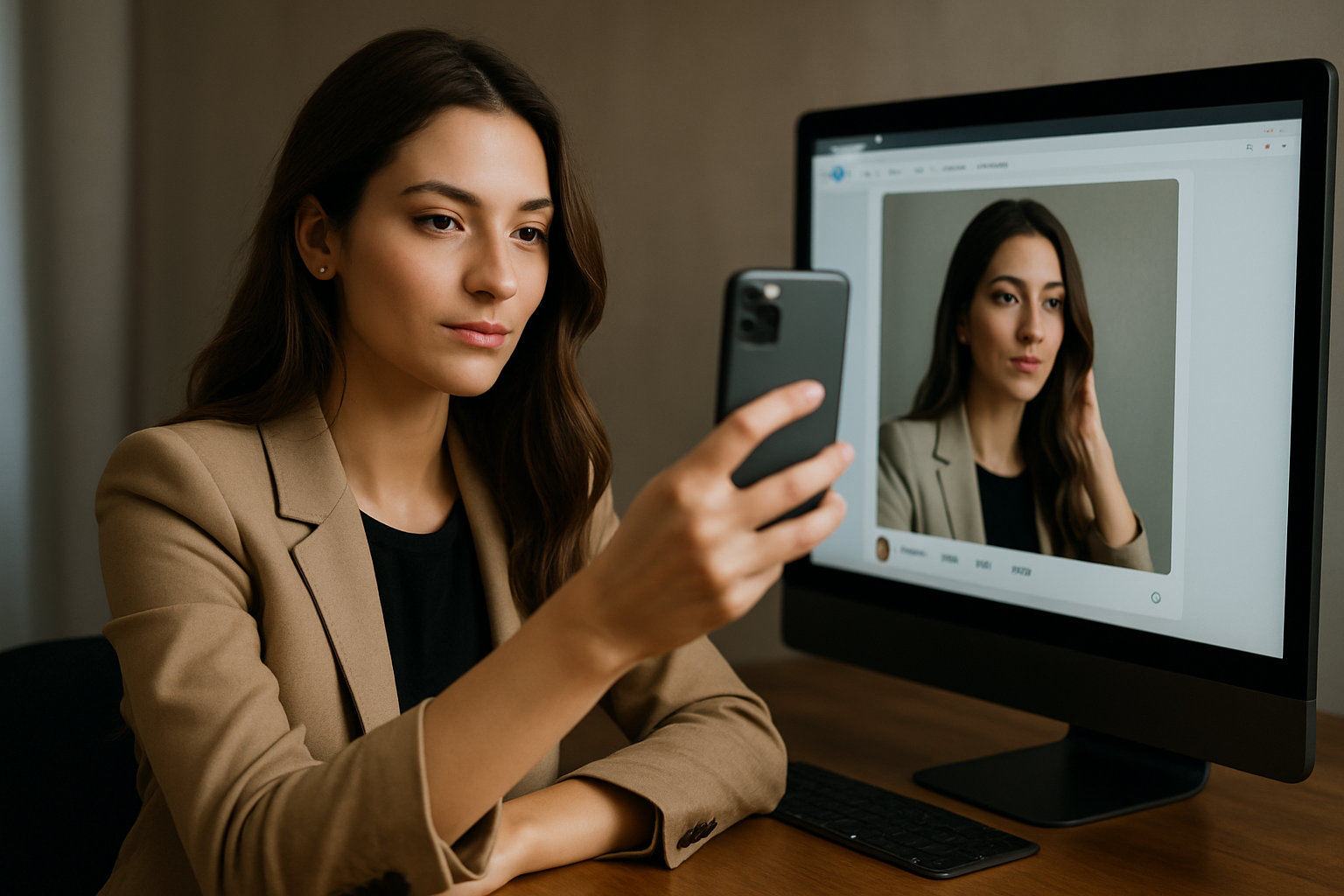The Subtle Art of Modern Self-Presentation
In our digitized era, how we present ourselves to the world has shifted dramatically, redefining the boundaries of identity and expression. Read below to delve into the evolution of self-presentation in our modern society. Tracing back to ancient civilizations, self-presentation has always played a pivotal role in societal interactions. It was seen in the sartorial choices of Romans, the elaborate courting rituals of the Victorians, or the social etiquette of the Renaissance era. However, the advent of the digital age has introduced a new paradigm, transforming the way individuals present themselves.

The Digital Shift: From Tangible to Virtual
In this Internet age, the realm of self-presentation has expanded beyond physical appearances and behaviors to online personas. Social media platforms have become stages where individuals curate their ideal selves, showcasing carefully selected snapshots of their lives. The rise of ‘influencer’ culture has further amplified this trend, making self-presentation a lucrative industry.
The Sociological Implications
From a sociological perspective, our digital self-presentation can be seen as a reflection of society’s values and norms. It also raises questions about authenticity and the pressure to maintain an idealized image. Studies suggest that this pressure can lead to negative psychological effects, including anxiety and low self-esteem. Conversely, it can also provide a platform for self-expression and connection, highlighting the complex dynamics at play.
The Impact of Self-Presentation on Modern Society
The way we present ourselves online has far-reaching implications. For instance, it’s reshaping the job market, with employers increasingly turning to social media to assess potential candidates. It’s influencing the political landscape, with politicians curating their online image to connect with voters. It’s even shifting our interpersonal relationships, as we navigate the blurred lines between our online personas and our ‘real’ selves.
Navigating the Future of Self-Presentation
As we move forward, it’s crucial to consider the impact of digital self-presentation on our lives and society. While it offers unprecedented opportunities for self-expression and connection, it also brings challenges that require thoughtful navigation. By understanding these dynamics, we can hopefully leverage our digital personas to enhance, rather than diminish, our authentic selves.
In conclusion, the modern landscape of self-presentation is a complex, multi-faceted phenomenon deeply intertwined with our societal and cultural trends. As we continue to explore this terrain, it’s clear that the art of self-presentation will remain a crucial part of our collective human experience.





